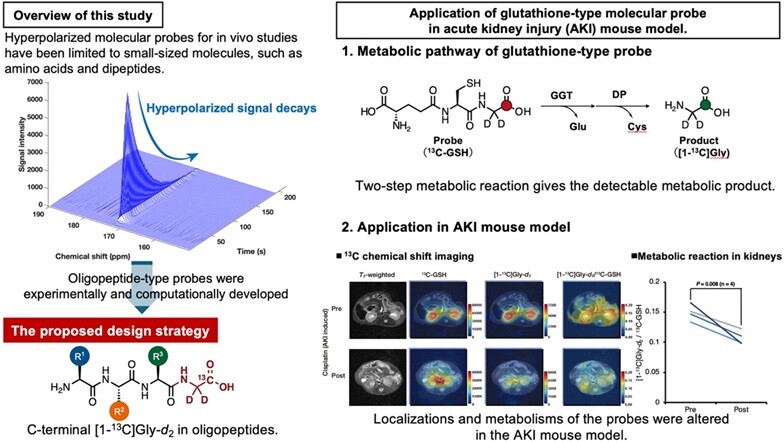Share this
Authors
Dhimas Agung Kurniawan, Sylvia Leo, Mutsumi Inamatsu, Sohei Funaoka, Taichi Aihara, Mizuno Aiko, Inoue Rei, Takeshi Sakura, Hiroshi Arakawa, Yukio Kato, Tomoaki Matsugi, Katsuhiro Esashika, Nobuaki Shiraki, Shoen Kume, Kenta Shinha, Hiroshi Kimura, Masaki Nishikawa, Yasuyuki Sakai
Abstract
The small intestine and liver play important role in determining oral drug's fate. Both organs are also interconnected through enterohepatic circulation, which imply there are crosstalk through circulating factors such as signaling molecules or metabolites that may affect drug metabolism. Coculture of hepatocytes and intestinal cells have shown to increase hepatic drug metabolism, yet its crosstalk mechanism is still unclear. In this study, we aim to elucidate such crosstalk by coculturing primary human hepatocytes harvested from chimeric mouse (PXB-cells) and iPSc-derived intestinal cells in a microphysiological systems (MPS). Perfusion and direct oxygenation from the MPS were chosen and confirmed to be suitable features that enhanced PXB-cells albumin secretion, cytochrome P450 (CYP) enzymes activity while also maintaining barrier integrity of iPSc-derived intestine cells. Results from RNA-sequencing showed significant upregulation in gene ontology terms related to fatty acids metabolism in PXB-cells. One of such fatty acids, arachidonic acid, enhanced several CYP enzyme activity in similar manner as coculture. From the current evidences, it is speculated that the release of bile acids from PXB-cells acted as stimuli for iPSc-derived intestine cells to release lipoprotein which was ultimately taken by PXB-cells and enhanced CYP activity.
PNAS Nexus: https://academic.oup.com/pnasnexus/article/3/2/pgae070/7604466
These Related Stories


